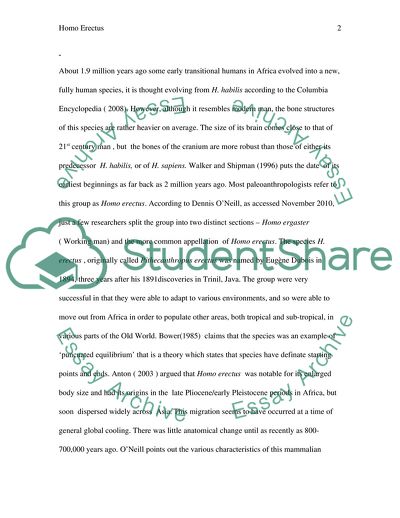Cite this document
(Natural History of Homo Erectus Case Study Example | Topics and Well Written Essays - 2250 words, n.d.)
Natural History of Homo Erectus Case Study Example | Topics and Well Written Essays - 2250 words. Retrieved from https://studentshare.org/anthropology/1745527-the-evolution-of-homo-erectus
Natural History of Homo Erectus Case Study Example | Topics and Well Written Essays - 2250 words. Retrieved from https://studentshare.org/anthropology/1745527-the-evolution-of-homo-erectus
(Natural History of Homo Erectus Case Study Example | Topics and Well Written Essays - 2250 Words)
Natural History of Homo Erectus Case Study Example | Topics and Well Written Essays - 2250 Words. https://studentshare.org/anthropology/1745527-the-evolution-of-homo-erectus.
Natural History of Homo Erectus Case Study Example | Topics and Well Written Essays - 2250 Words. https://studentshare.org/anthropology/1745527-the-evolution-of-homo-erectus.
“Natural History of Homo Erectus Case Study Example | Topics and Well Written Essays - 2250 Words”. https://studentshare.org/anthropology/1745527-the-evolution-of-homo-erectus.


